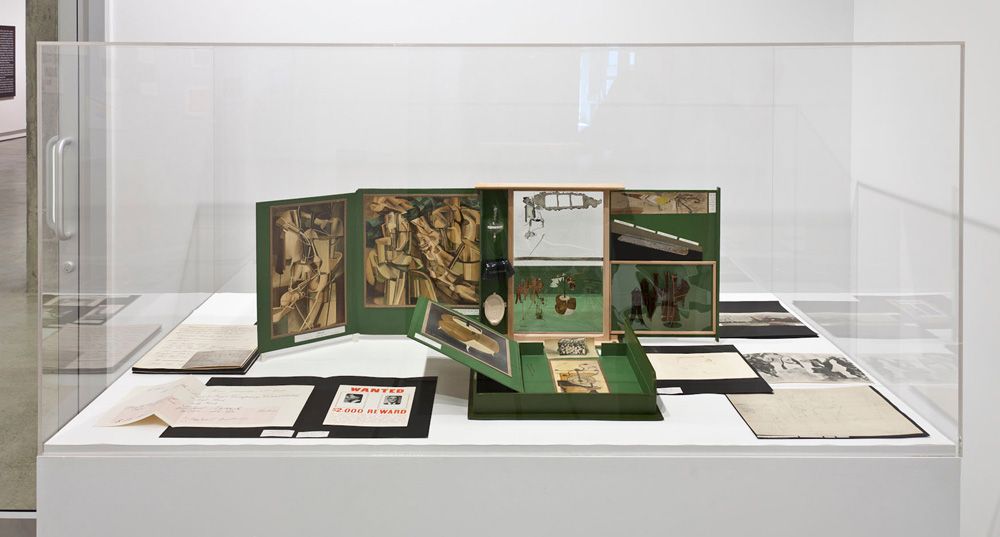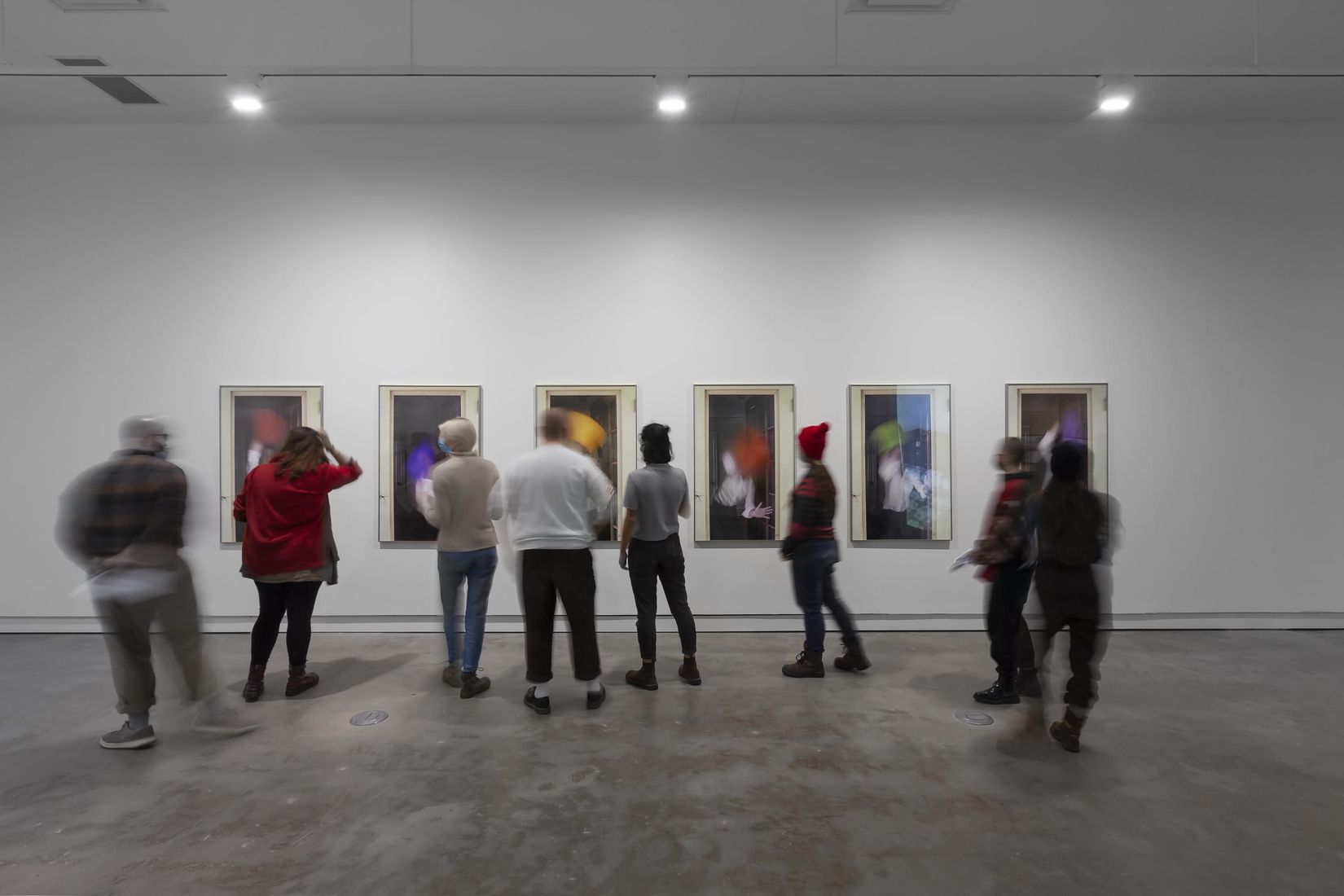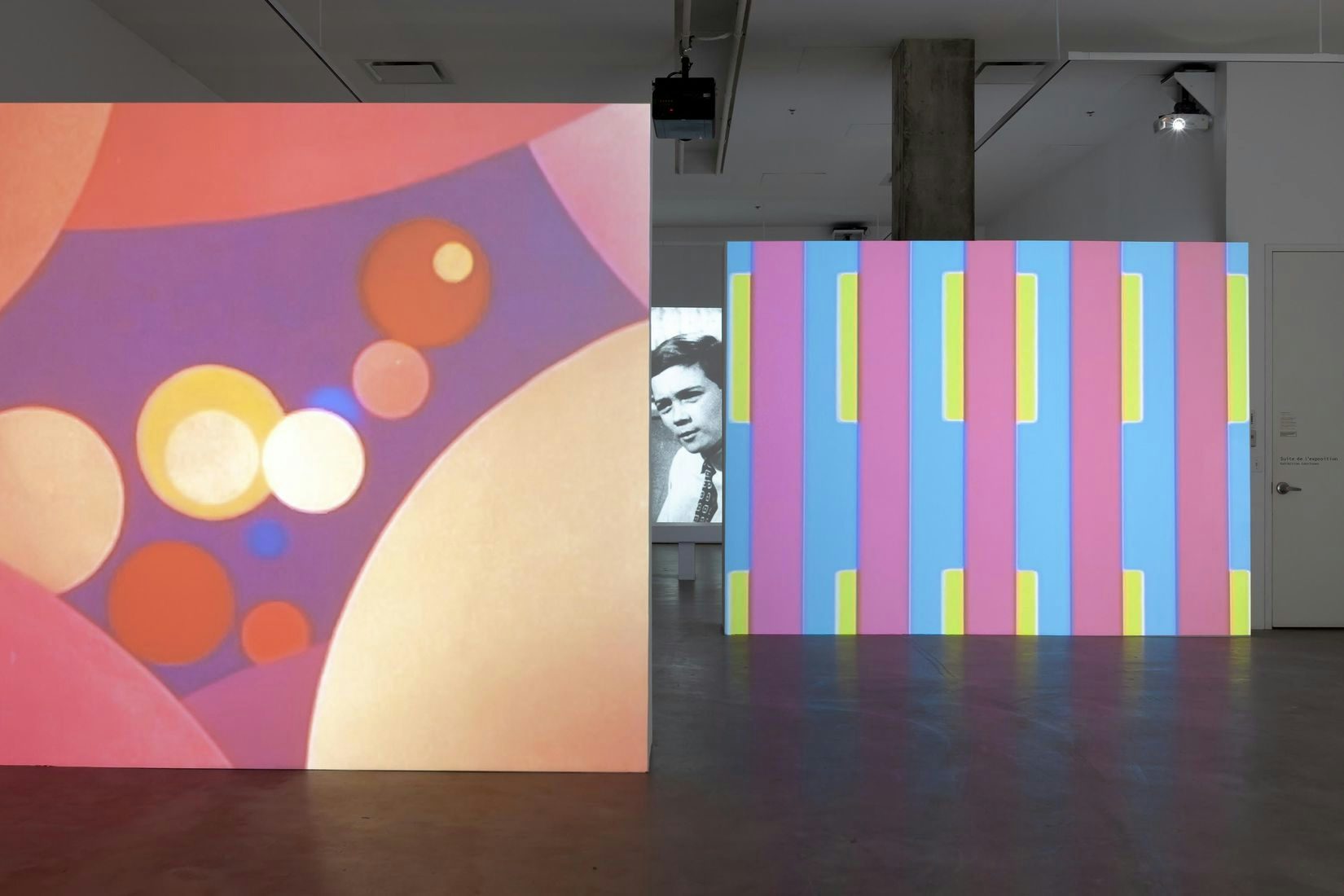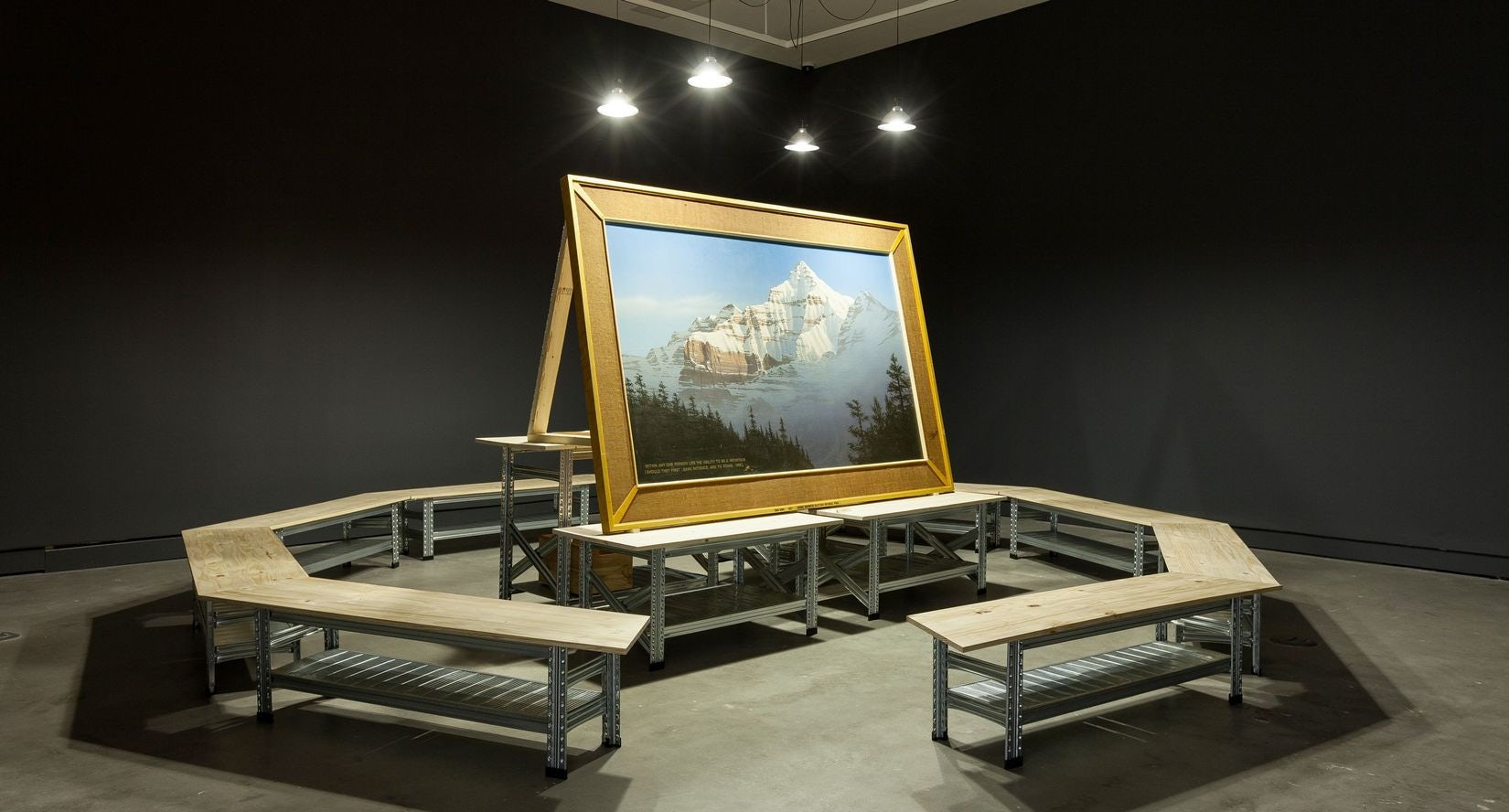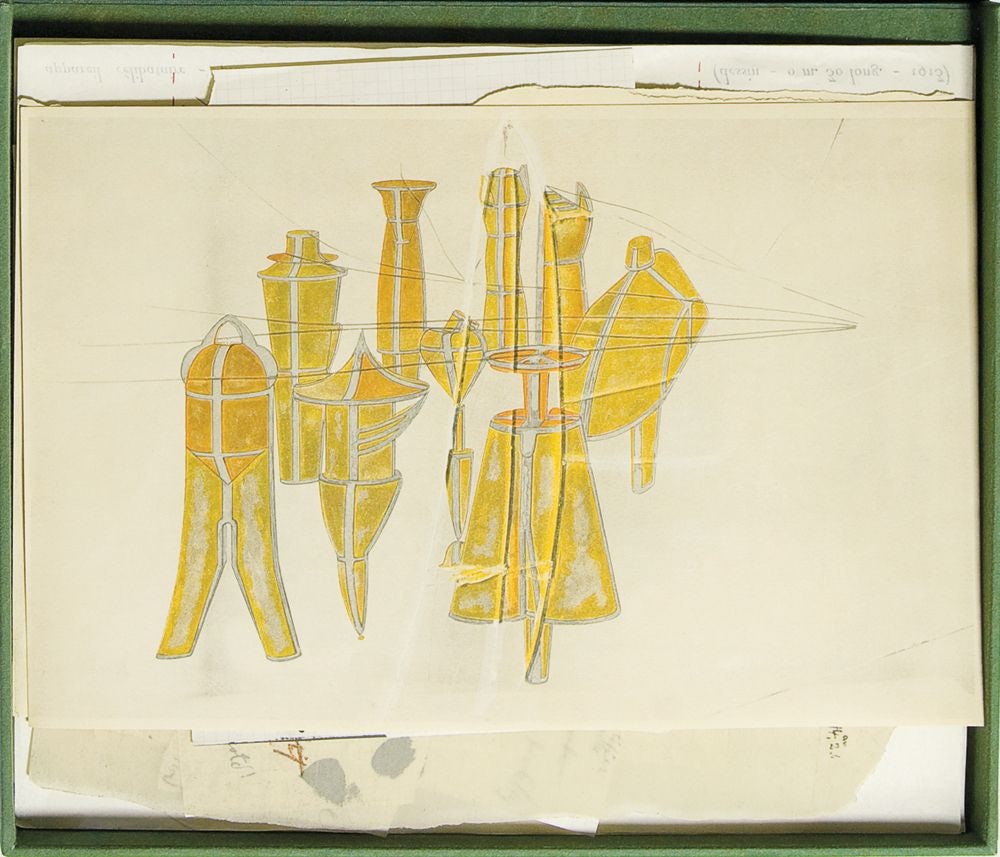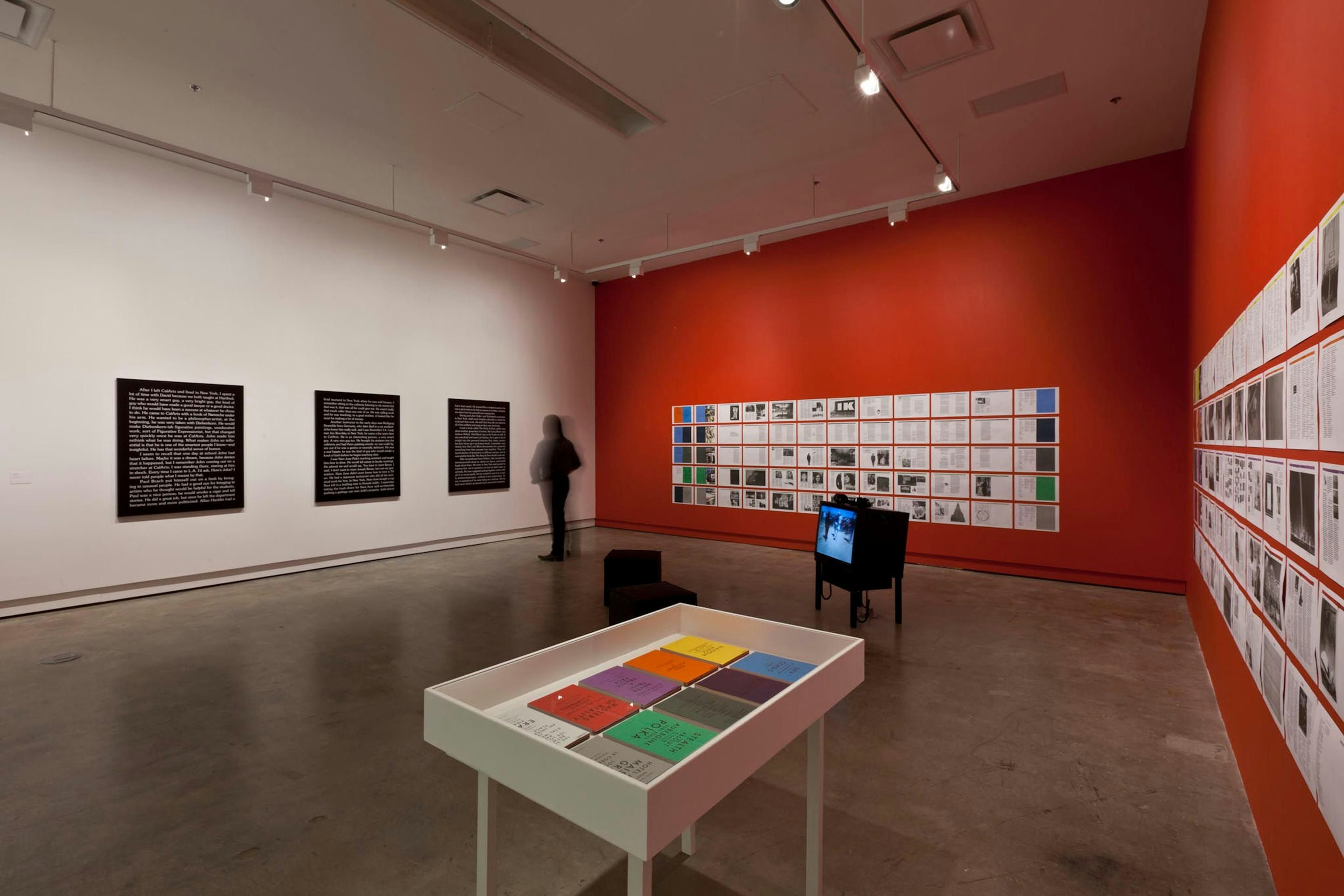
Art Histories
2012.03.16 - 05.19
Art Histories: Artists’ Temptations
MARIE J. JEAN
Of the countless artists who have engaged in institutional critiques, few have paid much heed to art history. And yet the history of art imposes, far less innocently than one might think, the great narratives that will surely influence future generations. Historical statements carry a power that retain great impact through to the present, where they continue to play determining roles in every aspect of the system of art, including the milieux of academia and criticism, museums and art markets. This is perhaps not so surprising, if one stops to think about it, since art history, in its methods and its strategies, proceeds with a selection of emblematic specimens—and their canonization. That production of canonical knowledge is of course ineluctably determined by factors cultural, economic and political. It also rests, as does all historical production, on a complex narrative structure.
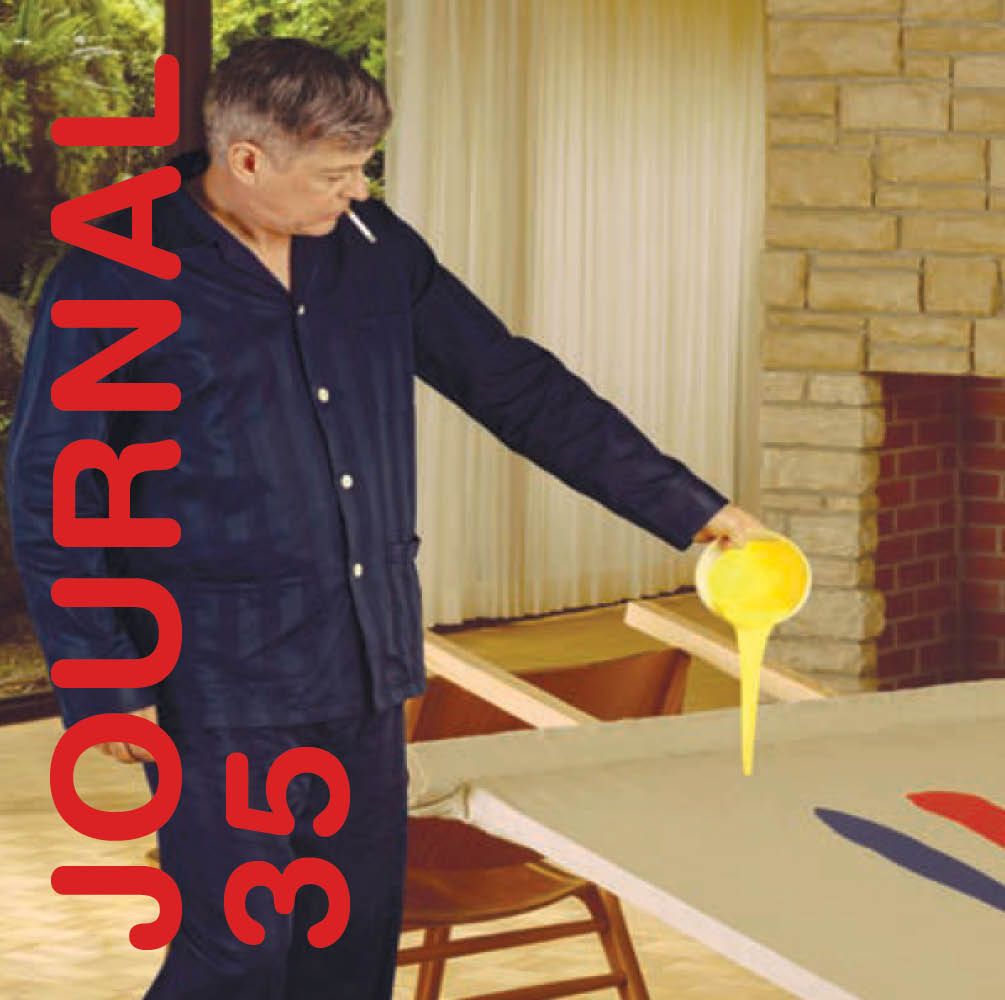
While art’s historians and theoreticians have dedicated themselves to the deconstruction and reconstruction of the narratives produced by the universal history of art, many artists, for their part, have made efforts to expose its successive determinisms and in so doing imagine alternative histories. The goal of the exhibition Art Histories was to understand how artists contribute to acting on the great narratives that art history produces. This attitude, described as meta-narrative, retro-avant-garde or simply critiquing, aims to restore notions of fiction and politics to the ideal museum that is art history. These artists’ propositions have demonstrated a penetrating understanding of the historicization of art and its processes, reminding us that historical knowledge implies not merely the reconstitution of past reality, but its continual [re]construction. That said, artists only rarely position themselves as producers of History—in the sense that their practice does not seek to elucidate formal, social or explanatory consistencies—more likely, they are archaeologists of historical knowledge, more intent on disclosing the unspoken or reflecting on discontinuities and displacements. They do not conceive of History as an entity, but as material undergoing perpetual change—theirs to appropriate, reinterpret and reshape. Often they employ anachronism as a conceptual tool, using the “retro” lens to work backward in time from their perspective of the present, a method many of them consider to be a necessary condition of “historical agency.”
In the course of the exhibition, we also discussed the fact that, since the 1980s, many artists have made art that takes a critical rear view of its history, by problematizing the expositional value of the work. This was visible in the preponderance of artist projects or documentation that involved reactivations of earlier exhibitions in the exhibition. Marcel Duchamp played—yet again—a pioneering role, having designed as early as 1936 a permanent, portable touring exhibition of his main works, reproduced as miniature replicas and photographs; he eventually produced them in a boxed-set-in-a-suitcase edition, the Boîte-en-valise. Louise Lawler’s 1982 installation at Metro Pictures Gallery in New York re-exhibited works that had earlier been shown by other appropriation artists in the same space. In 1984 at Galerije ŠKUC in Ljubljana, the Slovenian collective IRWIN mounted the exhibition Back to the USA as a shamelessly ironic copy of a show by American contemporary artists touring Western Europe at the same time—including a video adaptation of Cindy Sherman photographs. The original exhibition, for economic reasons, could not be shown in Yugoslavia. In a 1986 letter to Art in America, Kazimir Malevich (Belgrade) expressed surprise at the recent interest in “his” Last Futurist Exhibition 0,10 (1915). He then undertook to create a faithful copy of the exhibition exactly 70 years later—reconstituting it with the help of the only surviving photograph of the original—but in a Belgrade apartment. More recently, in 2009, Guillaume Désanges proposed a conference in the form of an exposition racontée in which he revisited Modernism, Minimalism and Conceptualism, laying bare the mystical origins of the shapes and signs recurrent within those genres for more than a century.
Considering that art is generally received, interpreted and historicized through exhibitions, it is not surprising to find artists increasingly interested in that discursive mode. After all, do copying, appropriation, reactivation or reconstitution not aim to shake up perceptions of a universal meaning, perpetually reconveyed by art history (which very rarely accounts for the context in which the work appeared)? Are such strategies not employed so as to disclose motivations that are rarely exposed, yet continually repeated within historically and culturally institutionalized chains of meaning? In her analysis of ideological exhibition modes employed by socialist and post-socialist regimes, the videographer and theoretician Marina Gržinic has set down some essential thoughts on the subject:
As Peter Wollen noted, Jacques Lacan demonstrated, in his notorious seminar on Edgar Allan Poe’s “The Purloined Letter,” how a display might be the best method of concealment. Whereas in “The Purloined Letter” the police chief overlooks and misses the incriminating letter (the signifier on display), the uncanny Dupin (the figure of the Lacanian psychoanalyst himself) immediately sees the signifier displayed in full view, just as it desired. This demonstrates (despite Guy Debord’s contestation) that in modern times an excess of display has the effect of concealing the truth of the society that produces it, and for which it can still have a revelatory power.1
If artists are tempted in these ways to engage in [re]formulations of art history’s narratives and the [re]productions of past exhibitions, it is perhaps because they too are seeking to reconstitute the chains of meaning—social, economical, institutional or ideological—hidden in them.
This exhibition was made possible thanks to the financial support of the Embassy of the Republic of Slovenia, Ottawa, and the Mondriaan Foundation, Amsterdam.
